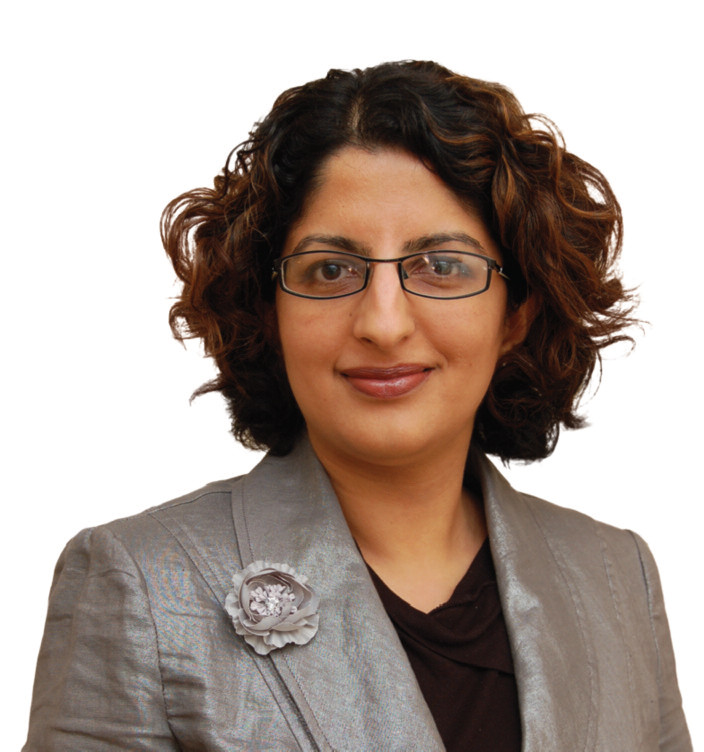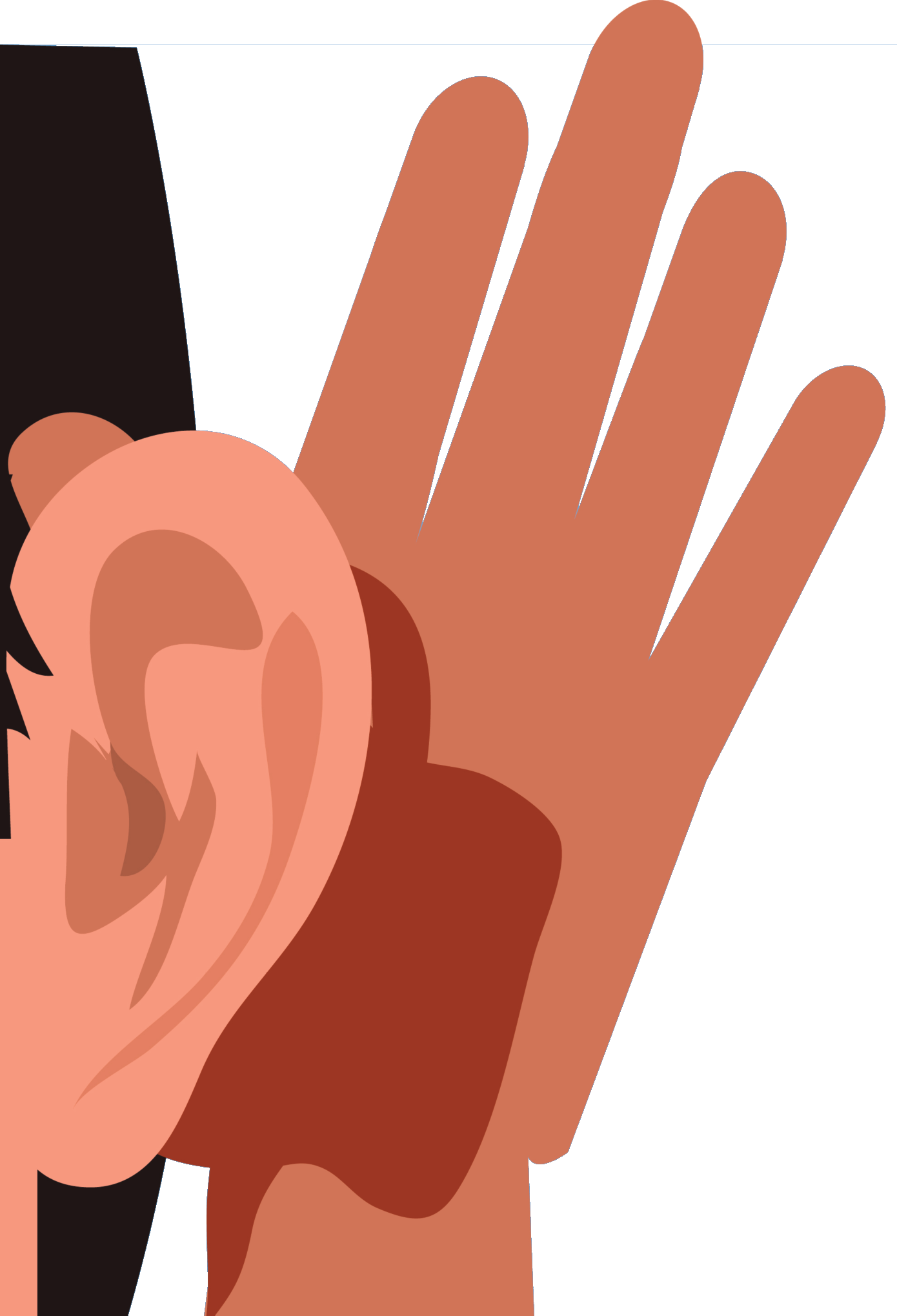Learning

It isn’t always good to talk
In Learning
This is your ultimate guide to pharmacy learning. Here you can find modules, articles, scenarios and more to improve your knowledge and support your learning in the pharmacy.Bookmark
Record learning outcomes
 In her second article on patient-centred care in practice, pharmacist Reena Barai discusses how to get the ratio right between talking and listening
In her second article on patient-centred care in practice, pharmacist Reena Barai discusses how to get the ratio right between talking and listening
Anyone who knows me well will know that I love to talk! It is really not because I love the sound of my own voice; I just have a lot to say. As the memorable adverts from the 1990s remind us, “It’s good to talkâ€. But is it?
Recently a regular patient of mine came into the pharmacy to ask my advice. He had been to see a consultant and was told his cholesterol was too high. He had previously tried various statins but had suffered side-effects to all of them. The consultant had given him a prescription for ezetimibe, which he didn’t want to take.
He explained that he had tried to let the consultant know his feelings about cholesterol-lowering medication, but he just kept being told that the target for cholesterol levels are lower for diabetics like him.
Sound familiar?
Does this story sound familiar? Are we sometimes guilty of this ourselves when we give advice? While it is good to talk, it is even more important to listen. At the very start of my consultation skills development journey, I remember CPPE director Chris Cutts saying: “We have two ears and one mouth and we should use them in that proportion.†I remember reflecting on this statement and wondering what my ratio would be for talking and listening.
Active listening is where you listen fully to what the patient has to say throughout the consultation, rather than thinking about when you can speak next. It is a crucial skill and involves not just listening to the words that are spoken but really hearing the underlying message. You can actually listen with your eyes, too.
Observing facial expressions and body language can give you an insight into how a patient is feeling. My top tips for active listening include:
 Consciously stay quiet
Consciously stay quiet
While silences can feel awkward, a brief pause in a consultation may encourage the patient to provide more information or ask further questions.
Minimise disruptions and maybe don’t make any notes
If you are busy writing things down you may miss those important non-verbal cues. If you do have to make notes, try to avoid making them while the patient is talking to you.
Ask open questions
Ask an open question and you usually get an open answer. Open questions are an effective way to broach a subject and help to show that you are interested in the ideas and concerns of your patient.
Be aware of your own body language and facial expressions
According to Mehrabian’s theory, when it comes to a person understanding our message, words account for only 7 per cent, tone of voice 38 per cent and body language 55 per cent. Yet we place such importance on our words.
Get a colleague to video you next time you are talking to a patient (with their permission of course). As uncomfortable as it might be, when you watch the video back, you will be more aware of your own body language and tone of voice.
Be mindful
Try not to be distracted by your own ideas or agenda or indeed by the various distractions in the work environment when talking to patients. When you listen to a patient they feel empowered. You create a rapport with them and you are more likely to reach a shared decision. I wonder how different the outcome would have been for my patient with high cholesterol if he had felt he had been listened to.
One of the best ways to show a patient you are listening is to use a mirroring technique. This can be achieved by paraphrasing and restating information using similar words or phrases. It can also be useful to highlight the key points discussed and reiterate the main points.
Reflect on your own personal talking:listening ratio. After every consultation, try putting yourself in the patient’s shoes and consider whether they felt that you listened to them.
More information
Visit consultationskillsforpharmacy.com and download the feedback forms from the ‘Where am I’ section of the pathway. There are several different versions based on whether the consultation is a medicines-related one or a public health one and whether it is a patient or another healthcare professional giving the feedback. If you set yourself a challenge to listen more and talk less, you will be well on your way to being a patient-centred practitioner.
